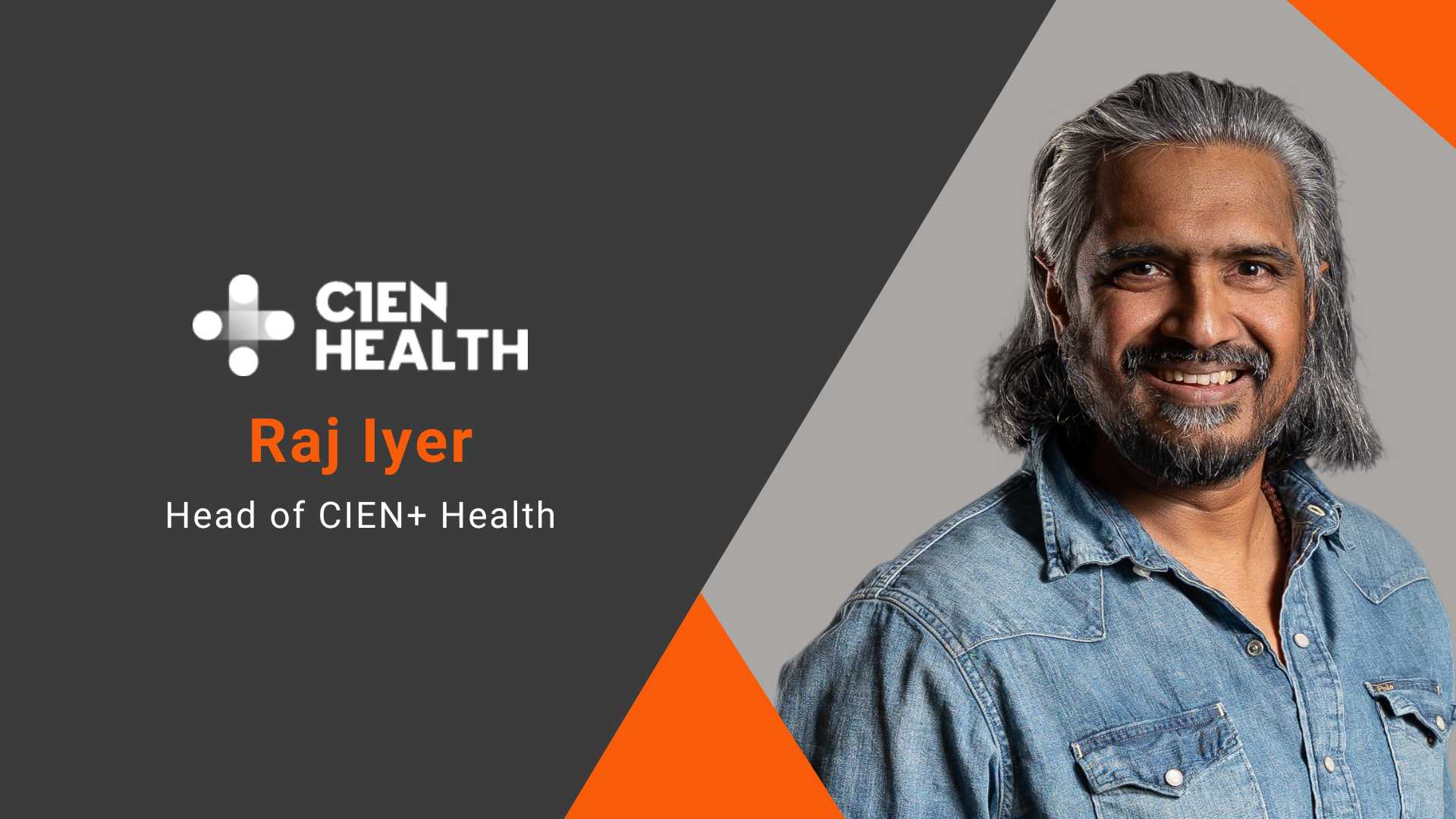

marketing
Raj Iyer on Reframing Health Equity as Strategic Value
1. How can organizations reframe health equity from a moral obligation to a strategic business driver?
Health equity is not charity rather it’s a strategy. It’s how we future-proof our business. The real unlock is realizing that inclusion isn’t a side project, it’s infrastructure. It determines who trusts you, who buys from you, and who stays with you when competitors come knocking. At CIEN+ Health, we call this reframing Impact Healthonomics™, a proprietary approach to redefine healthcare from cost-containment to capacity-building. It replaces traditional ROI with Return on Vitality™, and makes equity a measurable asset, not just an ethical aim. When equity becomes part of the business model, not the brochure, it transforms from obligation to opportunity.
2. How can integrated models between data, behavioral science, and cultural insights enhance decision-making and outcomes in healthcare?
Data gives you the ‘what.’ Behavioral science reveals the ‘why.’ But culture? Culture tells you how it’s lived, felt, and acted upon. When these elements intersect, you don't just predict behavior, you understand it in motion. At CIEN+ Health, our foresight trends report Clinthropics™, is our proprietary lens for tracking the cultural, clinical, and behavioral shifts shaping long-term decision-making. It’s not about creating static personas but about mapping dynamic trendlines across people, systems, and time. This gives organizations foresight into what’s next, not just insight into what is.
3. How can startups and disruptors navigate the balance between purpose and profitability to achieve sustainable growth?
Too many health startups chase disruption but forget: if you’re not solving for the people most excluded from the system, you’re not disrupting it instead you’re just redesigning it for the same few. Purpose isn’t a slide, it’s your architecture. Profit isn’t the enemy, it's proof that meaningful innovation can scale. The ones who will last are those fluent in both margins and meaning. Those who ask not just, “Can we build it?” but “Will it build trust?” Sustainable growth is never a tradeoff between purpose and profit but it’s the art of aligning both without dilution.
4. What challenges and opportunities do you foresee in integrating cultural intelligence into healthcare strategies across diverse populations?
One of the biggest challenges is the lingering myth that cultural nuance is just a translation issue. It’s not. It’s a trust issue, a system design issue, and often, a power issue. Too often, culture is added in the eleventh hour, like garnish on a dish already cooked. But the opportunity? It’s massive. Cultural intelligence, when embedded early not retrofitted late it can shift how we design engagement, access, and adherence. At CIEN+ Health, we see culture as clinical. And when you see it that way, you stop asking how to adapt strategies for diverse groups and start co-creating them from the beginning.
5. Looking ahead, what emerging trends do you believe will significantly impact health equity and inclusion in the next five years?
The most significant impacts on health equity and inclusion won’t come from surface-level trends but they’ll come from deeper systemic shifts that quietly reshape access, trust, and belonging in healthcare. Through our Clinthropics™ lens, we’re tracking several such undercurrents. Here are three we believe will be pivotal:
- The Rise of Cultural Infrastructure in Health Systems As trust continues to erode, especially in marginalized communities, inclusion will depend less on messaging and more on structural cultural fluency. Expect to see healthcare systems move beyond interpreters and into embedded cultural intermediaries, spiritual care frameworks, and value-aligned clinical design.
- Algorithmic Health and the Equity Gap in AI As AI increasingly drives clinical decisions, prior authorizations, and diagnostics, data-trained bias will become a new form of exclusion. The next five years will demand systems that are not just intelligent, but culturally adaptive, ensuring that populations aren't invisibly excluded by machines built on monocultural assumptions.
- The Redefinition of the Patient Voice We're entering a phase where lived experience will rival clinical evidence in shaping interventions, clinical trials, and policy. Communities are no longer passive recipients instead they're co-designers of care, demanding platforms that reflect their social, historical, and psychological realities.
6. What skills and mindsets will be essential for leaders to drive inclusive growth and innovation?
The future belongs to leaders who think like system designers and listen like cultural anthropologists.
Those who:
– Don’t just ask questions, but question the frame
– See patients not as users of systems, but as survivors of them
– Replace performative empathy with operational trust
– Slow down decisions to speed up belief
– Treat inclusion not as a department, but as their operating system
Inclusive innovation isn’t a checklist but a mindset. One that sees complexity not as friction, but as the frontier.
Get in touch with our MarTech Experts.




